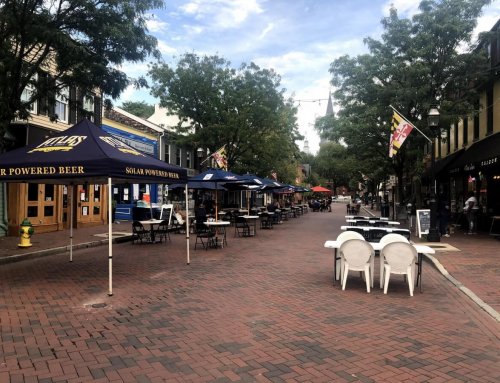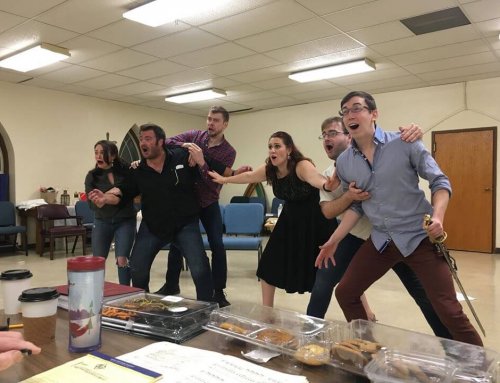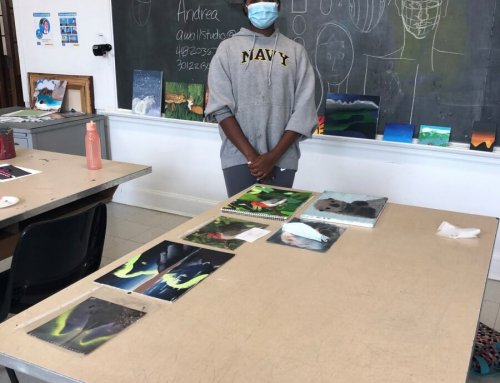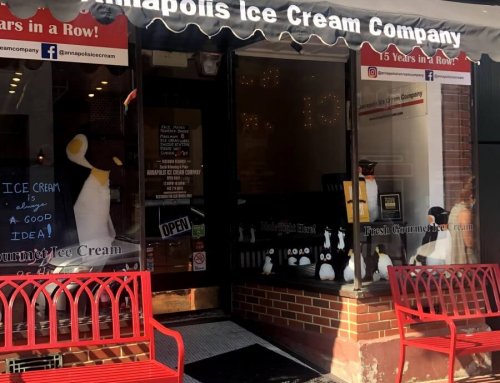The bride and groom, resplendent in traditional white gown and black tux, step down onto the red brick sidewalk from a gaily decorated horse-drawn carriage. They walk along a short pier and, to the receptive applause of friends and family, board the classic wooden hull schooner that would take them all out onto the Chesapeake Bay for the remainder of the afternoon. Nearby, a lady and gentleman in plain, well-tailored 18th century attire, she with a fluttering fan, he with a long-stemmed clay pipe, stand together and look on approvingly.
This incongruous scene is not uncommon in Annapolis, Maryland’s 300-year-old waterfront capital on the Chesapeake Bay. Renown foremost as one of the premier sailing centers in the world, Annapolis also offers fine inns and B&Bs, highly respected restaurants, lively pubs and taverns, and credit card-maxing shopping opportunities that include superb art and antiques as well as fine clothing and crafts. This little city celebrates its culture and heritage with fairs and festivals held year-round and pays homage to the performing arts with its own ballet troupe, symphony orchestra and opera company as well as several theatre groups, one of which recently completed its 50th successful season.
Compact as it is, Annapolis actually comprises several diverse sectors belying its size. Most readily recognized is the historic downtown sector, easily defined by Duke of Gloucester Street, College Avenue and King George Street — on the west, north and east – and, on the south, by City Dock, with its venerable Market House full of fresh shellfish, cheeses, fruit, poultry, ice cream, pastries, and drinks hot and cold. Over three centuries of American history, much of it rooted in the creation of this country, holds it all together: the entire downtown area is a National Historic Landmark and protected under its covenants. “Buildings that are both worthy of recognition and are maintained in a quality appropriate to the architectural significance of the building” are awarded color-coded markers by the Historic Annapolis Foundation to identify their architectural period.
Feisty, funky Eastport, occupying its own peninsula, is part of Annapolis politically, but fiercely independent in spirit. West Annapolis presents another personality — and boasts its own downtown with its own main road, Annapolis Street. The Back Creek communities include some of the more hard-core sailing enterprises.
Annapolis is a college town par excellence and residents and visitors alike benefit from the many activities its institutions offer its students, from classic films at St. John’s College to intercollegiate football at the U.S. Naval Academy. St. John’s, the oldest four-year college in the U.S. (founded as King William’s School in 1696,) is a unique enclave of higher education, a restful campus on picturesque College Creek. Just across the road and over “the wall” is the imposing “yard” (campus) of the Naval Academy where some 4000 students — all on full Federal scholarships — receive one of the finest undergraduate educations available anywhere.
The curse of a small town with narrow streets, limited parking, is also its blessing: it’s the quintessential walking town. So park it, lock it, and leave it, then explore at your own pace — or with Walter Cronkite and his 45-minute Acoustiguide audio tour or for a couple of hours with The Colonials of Three Centuries. Or you can Discover Annapolis on “the little bus with the big windows” for an hour or so and let owner/driver/guide Matt Grubbs show you around his town. Getting an early overview of any unfamiliar locale is a great way to appreciate it fully, allowing return to sites you want to delve into more deeply. Eastport, “on the Maritime Peninsula across Spa Creek Bridge,” has its own self-paced walking tour, a recommended counterpoint to more heavily visited downtown Annapolis.
Whatever you do, unless colonial and revolutionary history is a genuine anathema to you, some time touring Maryland’s State House — the oldest state capitol in continuous legislative use — is a rewarding experience. It housed the Continental Congress from late 1783 into the summer of 1784 and it is the only state house ever to have served as the nation’s capitol. It sits high on State Circle and its surrounding grounds, with their crisscrossing brick pathways, are a pleasant place to sit for a spell and just look out over the roofs of the town to the Bay beyond.
The first Naval School was established at Fort Severn in Annapolis in 1845 and 50 students attended classes taught by four officers and three civilian professors. In 1850, the Naval School became the United States Naval Academy, today a 338-acre complex with 580 faculty members, still combined military and civilian, offering 18 majors to a brigade of some 4000 midshipmen. The 24-hour marine guard at its several gates notwithstanding, the facility welcomes visitors every day yearround. The Academy’s impressive Armel-Leftwich Visitor Center, its glass walls overlooking the harbor and the Bay, is closed only on Thanksgiving, Christmas and New Year’s Day.
The Academy’s “Mids” and St. John’s “Johnnies” together with long-term townies and first-time tourists all meander and mingle among Annapolis’ pubs and taverns, bagel and coffee shops, three-star and no-star restaurants. This is one great town in which to sip and sup, from that first mug of fancy java to that final nightcap. Residents and visitors alike return to the well-known favorite pubs and eateries, many older than most of their patrons and proprietors alike: McGarvey’s Saloon, Middleton Tavern, and O’Brien’s Restaurant, all billed as Oyster Bars, yet each with its own distinct character; Griffin’s Restaurant, Riordan’s Saloon, and the Treaty of Paris, each enjoying excellent reputations for fine food and service for many years.
The “in the know” have their own favorite haunts, of course, that they recommend over and again. The following are among those talked about most often:
A genuine cafe with art on the walls, live music (classical, jazz or local folk, Tuesday through Saturday,) books and newspapers on the shelves, 49 West offers gourmet coffees and teas, eclectic light fare, and spirits. 49 West Street, 410-626-9796.
There’s a certain incongruity to the late jazz guitarist Charlie Byrd’s having made his musical home in the two-and-a-half-centuries-old King of France Tavern in the Maryland Inn. George Washington lost a horse on a wager — “or so it goes … ” — under the same ceiling. Main Street & Church Circle, 410-263-2641.
Ram’s Head, a real English pub with over 170 different beers available, is rapidly gaining regional recognition with its on-site Fordham Brewing Company and its auditorium for live performances. 33 West Street, 410-268-4545.
For afternoon tea and pastry inside or on an outdoor patio, the Wild Orchid Cafe is second to none. 909 Bay Ridge Avenue (Eastport,) 410-268-8009.
Annapolis’ Main Street is a mecca for shoppers, but before you buy anything, call in at the Historic Annapolis Foundation Museum Store and Welcome Center near the City Dock. It offers distinctive products that reflect the architectural, social, cultural and maritime history of Annapolis.
Maryland Avenue, with its myriad galleries of fine art and crafts, antique and old book dealers, and more food, is well worth the extra few steps around State Circle. Annapolis Street in West Annapolis is another enclave of delightful boutiques and eateries with personalities of their own. West Street, between Church Circle and Loews Annapolis Hotel, offers still another side of shopping — and more food.
Getting out on the water should be a prerequisite of any extended visit to Annapolis. Besides the quickie powerboat tours, a number of small, independent boating entrepreneurs will take you out for time on the Bay or its tributaries under sail.
Liberte, a 68-foot replica of a 1750s traditional cargo schooner, is available for charter for up to 25 from the Chart House Restaurant in Eastport. She is available from early April to June 21 and September 14 to October 22. (410-263-8234).
The 74-foot Schooner Woodwind and her twin, Woodwind II, are beautiful vessels available for families and small groups as well as for match racing. (www.schoonerwoodwind.com), 410-263-7837)
Perhaps the most genuine Chesapeake sailing experience is aboard the venerable Stanley Norman, an oyster dredging “skipjack” operated as an educational experience by the Chesapeake Bay Foundation. She operates spring to Thanksgiving. (410-268-8816)
Annapolis is one of the most stimulating, vibrant small towns in the U.S., a delightful place to live and a captivating place to visit.
Edited for Maryland.com from original article by Pete Nelson printed in CENTRAL PENNSYLVANIA LIFE Magazine.
By Pete Nelson







Hi there. Our phone number for the Schooner Woodwind is 410-263-7837. And it is not booked through Nautical Destinations. The phone number that you have in this article has not been in use for over 14 years. If you could make the small change, I am sure the owner of that phone number would appreciate it as well as us. Also we do public cruises, where someone can just buy a ticket to sail on a cruise.